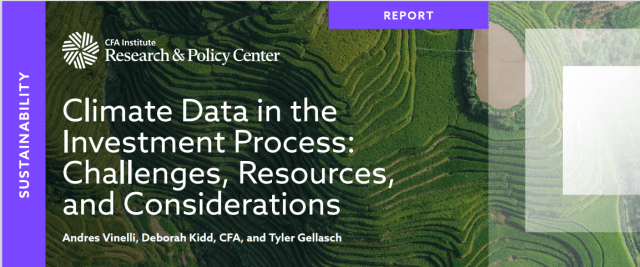Extremely Successful? Extremely Lucky!
People who are extremely successful in business or investing tend to think of themselves as more skilled and hard working than the average person. No doubt they are on some level, but the more extreme their success, the greater the role luck plays in achieving it. Luck is so critical to extreme success, in fact, that those who attain it do so almost entirely due to luck. No offense intended to any readers, it’s just a matter of math. Let me explain. We are all enthralled by the most successful people in the world. Jeff Bezos and Bill Gates are inspirations to many aspiring business leaders, and Elon Musk has become a rock star thanks to both his enormous business achievements and his personal antics. In the investment world, we look up to all-time legends like Warren Buffett as well as star fund managers with a string of good returns like Cathie Wood in 2020. We all know that a combination of luck and skill determines the performance of investors and business leaders alike. But what we don’t realize is that even if luck plays a minor role in general, it dominates at the extreme tails of the distribution. To see how this works, I simulated the performance of 10,000 investors, with their skill randomly distributed between 0% and 100%. At the same time, these investors had varying degrees of luck, with that attribute also randomly distributed between 0% and 100%. Overall, total success in this model is driven 95% by skill and just 5% by luck. If luck plays such a minor role in success, becoming a top investor should mostly be a matter of skill. But it isn’t. The chart below illustrates the average luck score of our 10,000 investors as their performance moves upward from the mean to greater and greater success. Average Luck of Investors as Their Performance Improves, When Luck = 5% of Performance Source: Liberum Of course, the average luck for all investors is 50%. Those who end up in the top quartile or in the top 10% tend to have slightly better luck than average. But the investors who end up in the top 1% or 0.1% have an awful lot of luck. Even though luck plays only a 5% role in determining success, to end up in the top 1% or top 0.1%, investors have to be very lucky indeed. That also implies that the common approach of emulating the most successful investors or business leaders likely means following less-skilled individuals. The following graphic inverts the process and explores the likelihood that those in the top 25% really have top 25% skill. Among the top quartile investors in our simple model, 97% have top quartile skill, while 94% of top 10% performers have top 10% skill. However, only half of the top 1% performers truly have top 1% skill, and out of the top 0.1% performers, only one in 10 truly has top 0.1% skill. Share of Investors with Skill Corresponding to Performance, When Luck = 5% of Performance Source: Liberum And again, these numbers are based on a model in which skill accounts for 95% of success. In real life, or at least in the investment world, I suspect luck plays a much larger role, probably somewhere close to 50%. The chart below shows the share of investors with skill corresponding to their performance when skill accounts for 55% of total performance and luck for 45%. Only six out of 10 top quartile managers truly have top quartile skills. And only one of seven top 1% investors truly have top 1% skills. Oh, and on average, none of the top 0.1% investors have top 0.1% skills. They are all there because they got very, very lucky. Share of Investors with Skill Corresponding to Performance, When Luck = 45% of Performance Source: Liberum And now remember that most, if not all, of the people who read this are in the top 1% of some sort. If you earn more than £50,000 a year, you are in the top 1% of global income. If you live in the United Kingdom and earn more than £58,300 a year (before taxes), you are in the top 10% in the UK, and if you earn more than £180,000 a year, you are in the top 1%. That is, you are in the top 1% of a country in the top 10% of all countries. And whatever that is, it’s probably more the result of luck than skill. For more from Joachim Klement, CFA, don’t miss Risk Profiling and Tolerance and 7 Mistakes Every Investor Makes (and How to Avoid Them) and sign up for his regular commentary at Klement on Investing. If you liked this post, don’t forget to subscribe to the Enterprising Investor. All posts are the opinion of the author. As such, they should not be construed as investment advice, nor do the opinions expressed necessarily reflect the views of CFA Institute or the author’s employer. Image credit: ©Getty Images/RomoloTavani Professional Learning for CFA Institute Members CFA Institute members are empowered to self-determine and self-report professional learning (PL) credits earned, including content on Enterprising Investor. Members can record credits easily using their online PL tracker. source
Extremely Successful? Extremely Lucky! Read More »













